Another great title to The True West would be The Forgotten West, but that one has more letters and it wouldn’t have been as succinct. Its brevity is one reason why students will be attracted to the book. The cover to The True West really invites people to discover some of the forgotten, rarely mentioned or unsung folks who tamed that era of history. Also, the manner in which the cover for The True West is laid out gives the book an adventure-waiting-to-happens vibe. It shows Annie Oakley, Bill Pickett, and Deadwood Dick, three old-west icons that most people know, but who share a characteristic that some might not have realized or thought about.
Deadwood Dick’s real name was Nat Love; I can see why old west heroes and anti-heroes chose nicknames because he’s got a great one. In the 1870s he was one of the best people on the rodeo contest circuit, which is where he got his nickname. In the early 1880s, there was The Dusky Demon, Bill Pickett, made a name by being in fifth grade and roping and riding better than most adults could. He also invented a particularly dangerous and crowd-pleasing trick called bulldogging. By doing this trick he’d jump off of a moving horse, grab a nearby steer by its horns, pull towards the sky, and bite the animal’s upper lip so that it would submit while tying its legs together. You might have seen this rodeo skill done on a sports channel and found it to be intoxicatingly strong, and difficult and wondered where it came from, now you know.
Love and Pickett were also black. They were two black cowboys making their way in the west, and Annie Oakley was a woman. That was the mid to late 1800s and The True West features 25, mainly people who represent demographics that you probably don’t immediately associate with that era and westward expansion.
The True West, Real Stories about Black Cowboys, Women Sharpshooters, Native American Rodeo Stars, Pioneering Vaqueros, and the Unsung Explorers, Builders, and Heroes Who Shaped the American West is the subtitle. That’s a mouthful, but the result is a book that shows a period of American history and those whose names we know, but whose back story we probably don’t.
The book is not exclusively intended to be exiled to simply being used in February when elementary students produce essays on African Americans. Granted, the book will see more activity in the second month, but it doesn’t need to.
Mamie Hafley wasn’t popular because she was a woman. She was popular because she was fearless and would ride a horse to the top of a five-story ramp and then jump off into a pool of water. Levi Straus wasn’t famous because he was Jewish. He became famous because he moved from NYC to California so that he could sell prospectors his new, strong denim pants. Bass Reeves didn’t become one of the most famous lawmen in the Wild West because he was black. He was fearless, did the right thing, had great manners, and is thought to be the basis for The Lone Ranger.
The True West touches on the difficulties and prejudices that existed in that time, but it doesn’t cut the figures in the book any slack. This is all done in the author’s note at the beginning of the book where it refers to the west as a melting pot. It states that the racial strife that the eastern part of the United States was experiencing did come westward, but that these figures overcame that double whammy. They had the deck stacked against them and were living through the trials that came with westward expansion. Everyone was experiencing a new playing field, so in a way, it was an excellent opportunity to carve out your niche, without the baggage or excessive light paving your way.
Each page has a couple of illustrations and photographs. It’s the photographs that were the most compelling for us. Wild Bill Hickok for example looks like his illustrations but had red hair in real life. Calamity Jane was rumored to be with him in real life, it’s got a photo of her too. The text is on a level so that fourth graders should be able to read and comprehend it without any issues.
The True West is a fascinating illustrated book. It’s an elementary reference book that’s in league with Nat Geo Kids, except with a historical, instead of natural bent. There’s a reference at the end of it for further reading for those kids who want a slightly deeper dive into some of the characters or situations that readers were introduced to.
The True West is by Mifflin Lowe with illustrations by Wiliam Luong and available on Bushel and Peck Books.
There are affiliate links in this post.

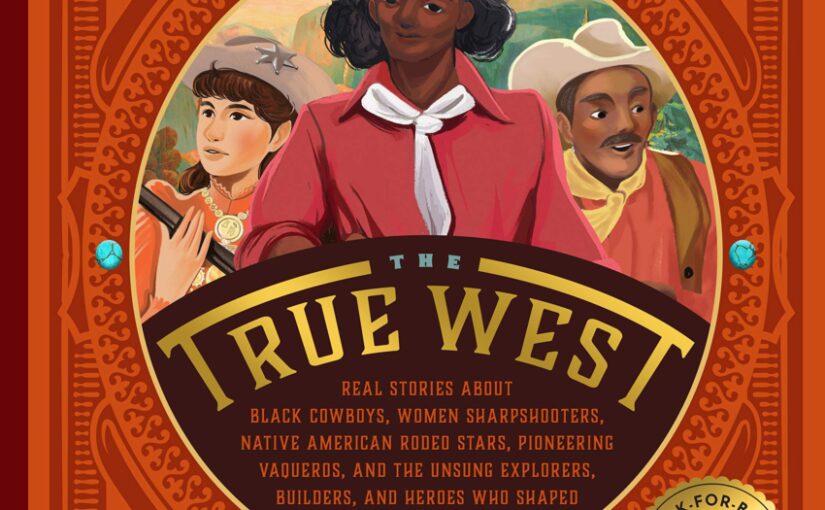
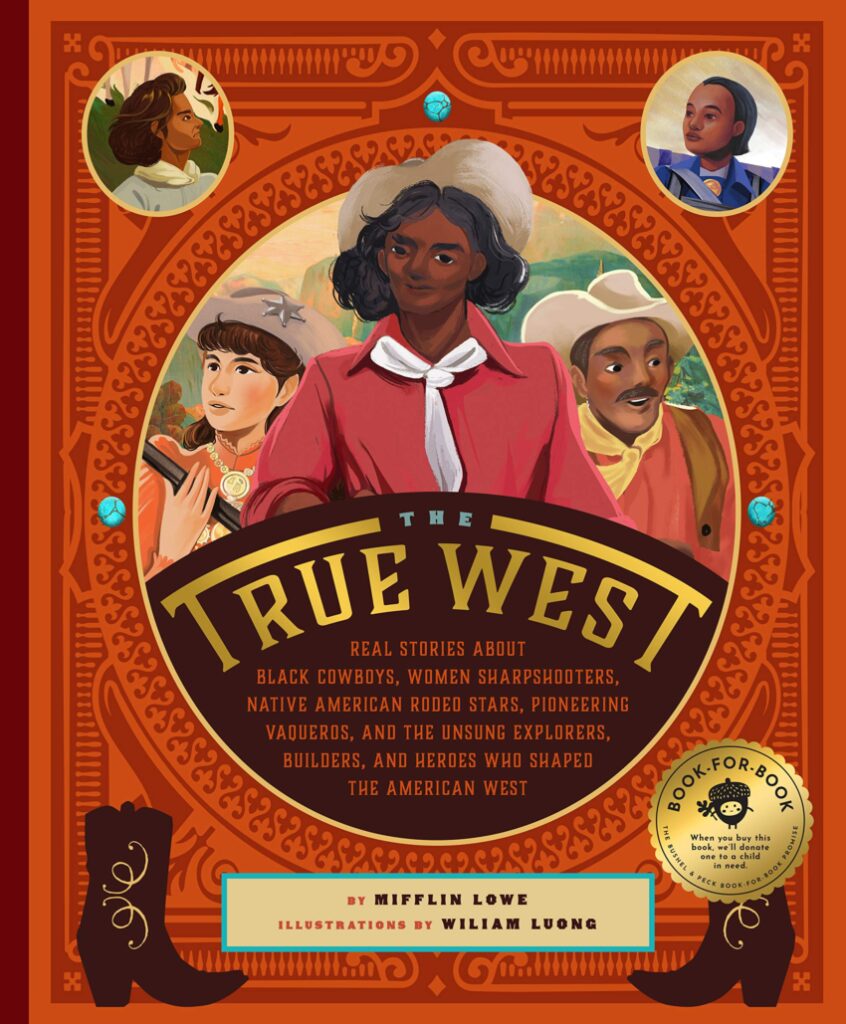
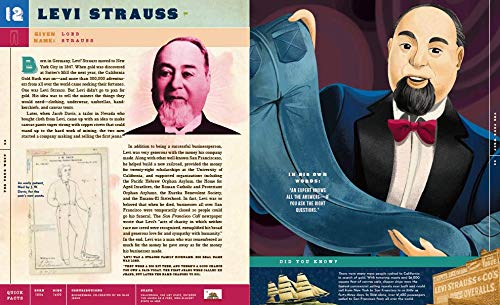
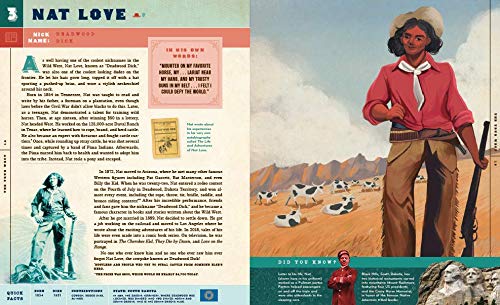
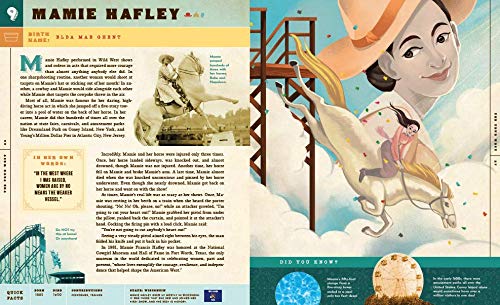
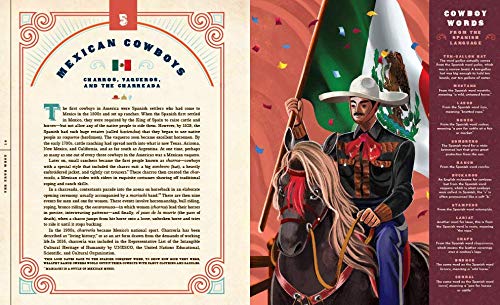



 Facebook
Facebook Twitter
Twitter Flickr
Flickr GooglePlus
GooglePlus Youtube
Youtube